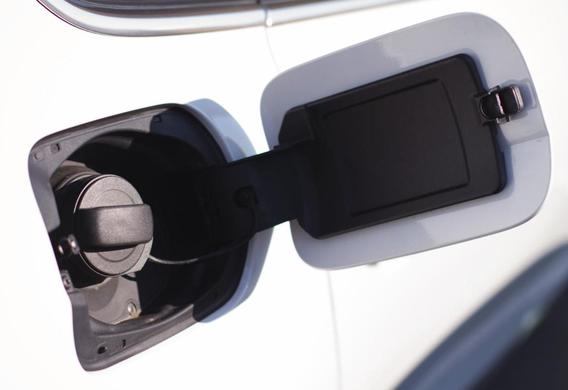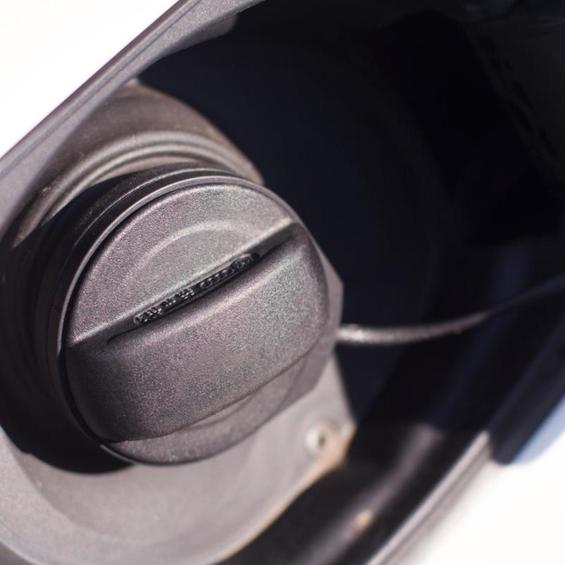
A fuel tank cover is not just a cap covering the tank's throat. In the modern car, the lid is an important piece of fuel system that performs a number of functions.

The construction of the tank lid
The design of the cover depends on the design of the fuel tank, the fuel tank itself and the entire fuel system. The most noticeable parameters are the diameter of threads and its type (internal, external), volume, and depth of occurrence in the throat. The material of the tank lid is assessed in terms of fire safety requirements and the ability to resist the effects of aggressive evaporation.
The owners of certain Citroen cars are forced to wear a fuel tank cover in the territory of the petrol station, as it has a lock that does not allow the key to be removed from the larvae
You can divide the closures into several basic types. The first and the simplest one has only one function-the lid must isolate the fuel from the external environment and the car parts. The roof of more complex structures is fitted with valves ensuring the stability of the pressure in the tank. Some of the covers have a padlock. There are also covers with "forgetful" adaptation-attached by flexible coupling either to the tank top or to the hatch covers.

Characteristics of the petrol tank cap
Many car owners are considered to be a failure in the cotton or a chant of the intake air when the lid is opened. This is not a malfunction, as these covers have a valve in the gasoline vapour recovery system, one of the vehicle's passive safety features. Disparting in the benzobace is normal in the operation of this system, as it avoids accumulation of fuel vapor in the tank. If the tank is opening in the tank when the lid is opened, it means that there is no accumulation of fuel vapor, therefore, there is a significant decrease in the probability of explosion or fire.
Fuel Pair Recovery System
The principle of the system is simple enough. As a result of changes in the ambient temperature, the saturated air in the tank is expanding and contracting. When the temperature is increased and the conventional fuel tank lid is used, the air, together with the petrol vapour, shall be directed to the outside when the driver opens the tank in order to fill the tank. The fuel vapour capture system ensures not only the leakproofness of the tank but also the possibility of liquefaction of the fuel.
A modern fuel tank lid is preventing fuel vapor from entering the atmosphere
Evaporative fuel, expanding under pressure, passes through the valve in the tank. The vapour pipes or the vapour pipes are then entered into a tank filled with activated carbon pellet (adsorber). As long as the engine is running, the vapour pressure shall be absorbed into the intake manifold and incinerated. When the engine is switched off, the fuel vapor is absorbed by the coals of the coal. In general, the operation of the vapour recovery system is related to the electronic engine management system and the unnormal operation of the valve in the lid of the fuel tank results in the activation of the CHECK ENGINE signal lamp.
The Unusual Oil Cover Funck
There are lials with a castle that protects against the scattered people who always lose. The lock on the filler panel is arranged so that it can only be opened using the ignition switch. This concept is typical for many French and American cars, especially Citroen stamps. The lock is arranged so that it is impossible to remove the key while it is open. Therefore, in order not to give a chance to a possible hijacker, the petrol tank cover, together with the keys, has to carry with him to the ticket office. Many Citroen owners realize how stupid a man looking at a petrol tank in his hand looks stupid and try to find a way to fight the castle. However, the most common advice that can be obtained at the forum is "how to remove the cap from the key"-to accept the inconvenience. Alternative proposals-leave the second key in the lock of the lid "eternally" or go radical by breaking the locking mechanism in the keyhole.







